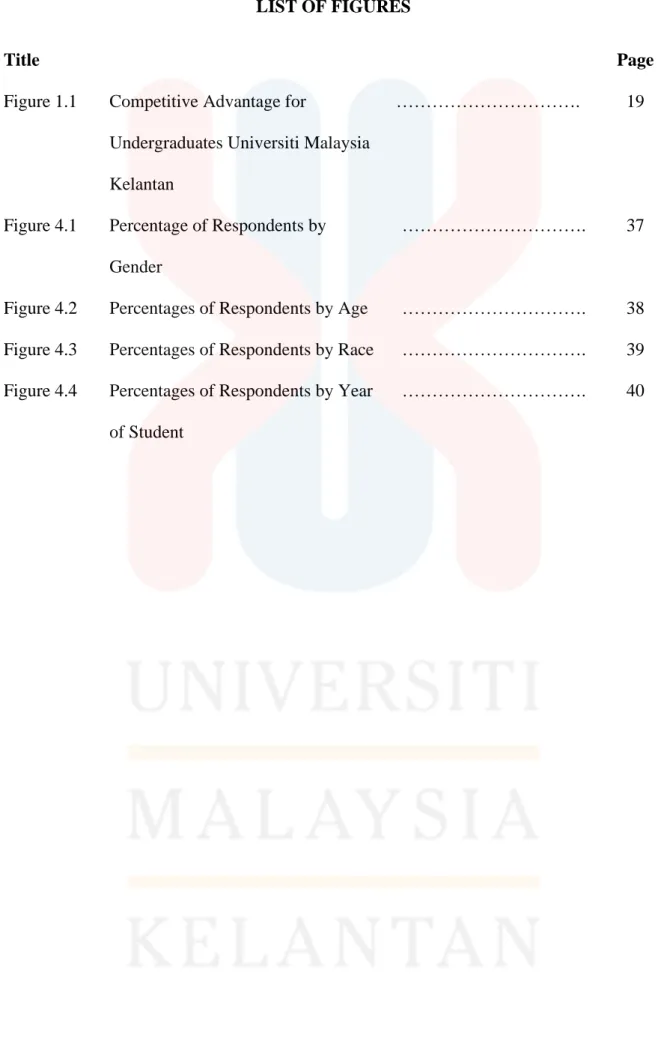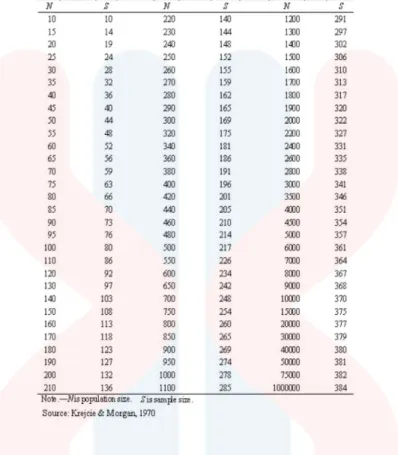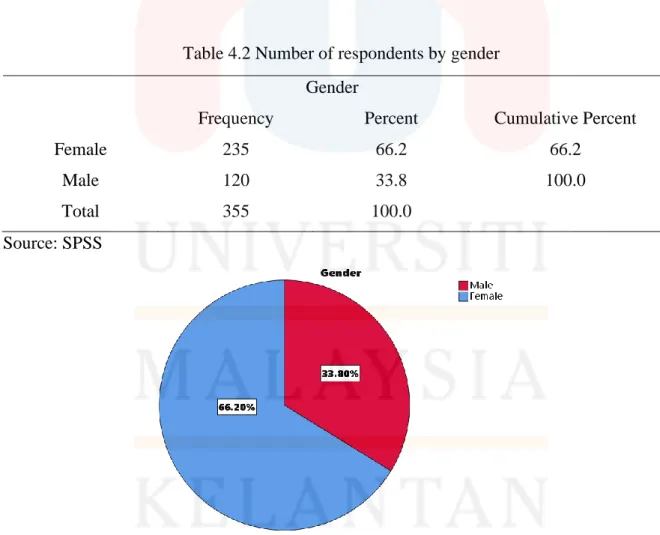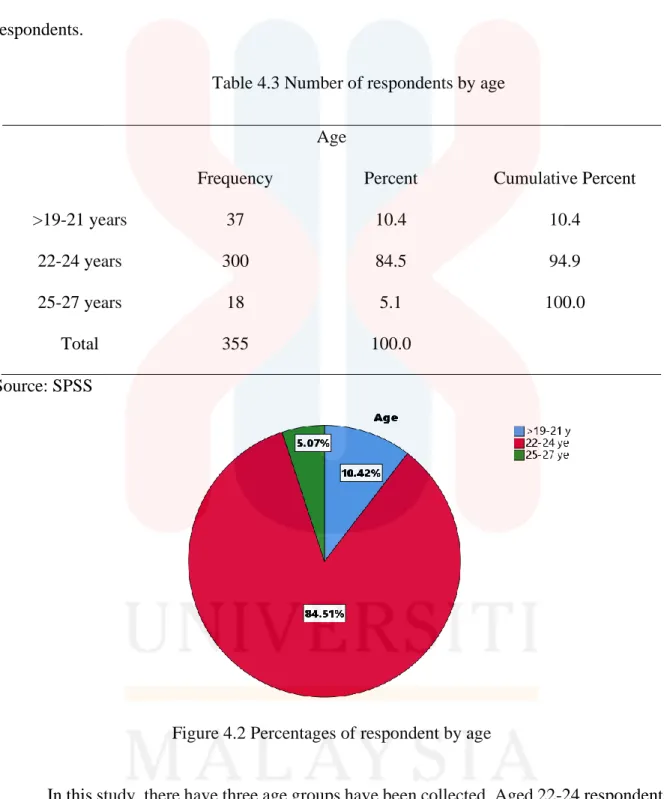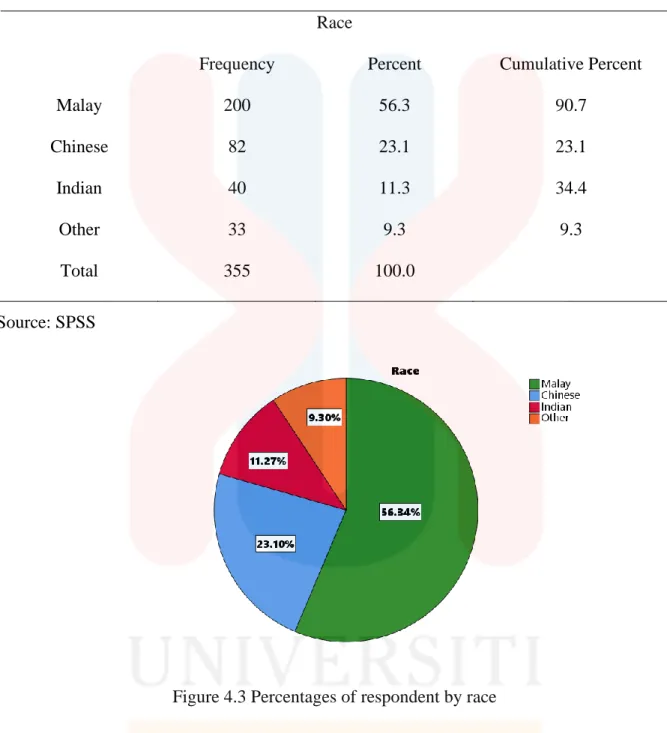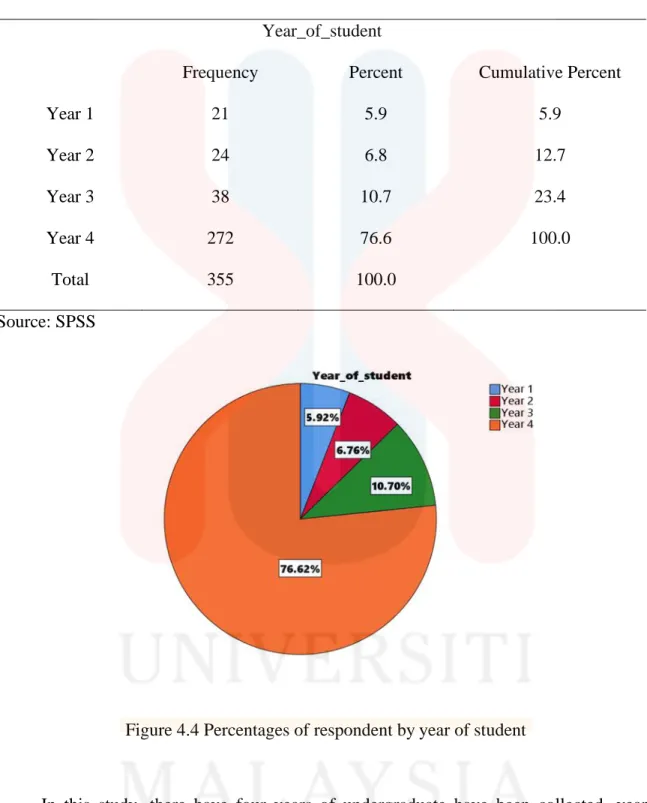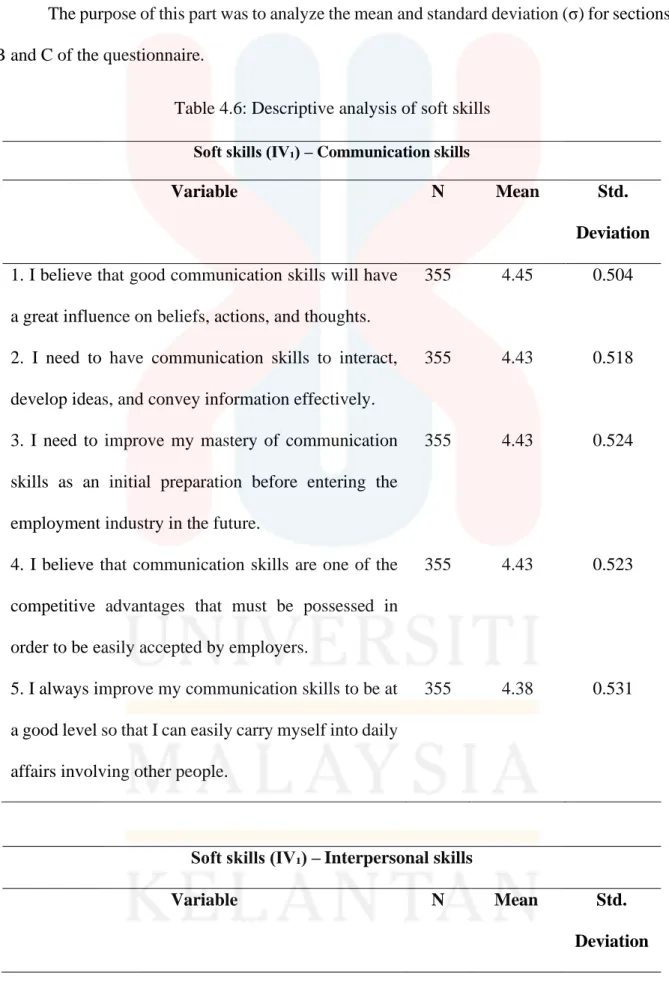This study will identify the relationship between the independent variable and dependent variable, which were soft skills (IV₁) and hard skills (IV₂), with the relationship of competitive advantage (DV). Finally, the two hypotheses of soft skills (IV₁) and hard skills (IV₂) are accepted.

INTRODUCTION
Background of The Study
Signaling theory is closely related to soft skills and hard skills in the job industry sector. Thus, the purpose of this study is to examine competitive advantage among undergraduates through soft skills and hard skills.
Problem Statement
In Malaysia, most graduates find it difficult to get a place in the industry, but quickly find a place in the university. Therefore, undergraduates need soft and hard skills as undergraduates to meet the criteria set by employers to be selected to work and get a place in the industry.
Research Question
Research Objectives This study aims to
This study aims to investigate competitive advantage among undergraduate students through soft and hard skills. This research analyzes competitive advantages with soft and hard skills among students at Universiti Malaysia Kelantan.
Significance of Study
This means that everyone involved in this study is only among the students of University Malaysia Kelantan from year one to year four who will be researched through soft skills and hard skills. In addition, this study is significant because it reveals to students that hard skills are the showcase of employees that enable them to differentiate themselves from others.
Organization of The Proposal
Introduction
Underpinning Theory
In the context of the study, the competitive advantage among undergraduates to achieve high marketability lies in sustainable competitive advantage. The soft skills and hard skills possessed will improve the individual's quality in the labor market as required by the employer when he starts work.
Previous Studies
Below are some of the soft skills that are still relevant to today's job industry demands and require graduates to be expert and possess these skills. However, these skills must be practiced in order to use them on the job.
Analysis of Gap
Hypotheses Statement
Conceptual Framework
Summary
In addition, hard skills are also included in the discussion by several articles consisting of risk management analysis and digital analysis. Therefore, students of University of Malaysia Kelantan should prepare by upskilling and renewing existing skills to get accepted in various industry sectors. Additionally, the university must provide a range of soft skills and hard skills for students to succeed academically and professionally.
At the same time, to be able to produce bachelors who are balanced in terms of achievement in academics and skills.
Introduction
Research Design
On the other hand, descriptive research only observes and measures the variables to investigate them. As a result, quantitative and descriptive research is most appropriate for this study to analyze competitive advantage through soft and hard skills among undergraduates at Universiti Malaysia Kelantan, Campus Kota.
Data Collection Methods
Population of Study
Sample size
Sampling Techniques
To use the random sampling sample, the research will randomly select the population in the university year Universiti Malaysia Kelantan (City Campus), which was from year 1 to year 4. Therefore, one of the most effective methods for researchers to adopted this issue was random sampling in probability sampling methodologies.
Research Instrument Development
I need to improve my mastery of communication skills as a preliminary preparation before entering the job market in the future. I believe that communication skills are one of the competitive advantages you must have to be easily accepted by employers. I always improve my communication skills to be at a good level so that I can easily involve myself in daily matters involving other people.
I need to prepare with a competitive edge to be more confident, dedicated and able to improve my performance. I believe that mastering certain skills can give me a competitive advantage over others in the competition.
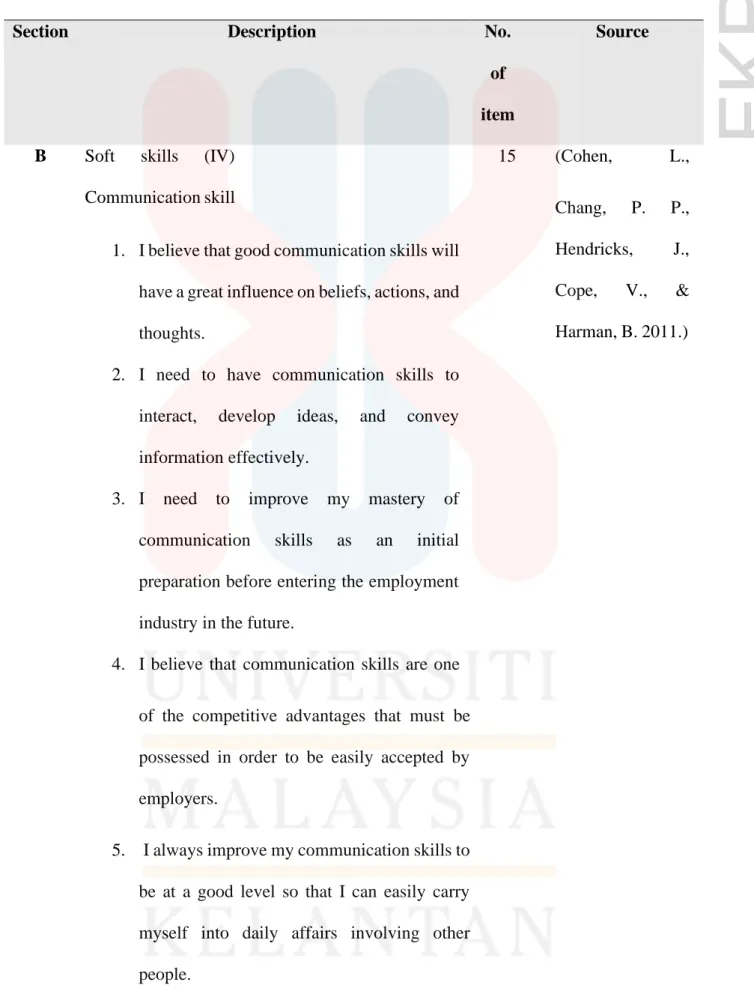
Measurement of the Variable
- Nominal level
- Interval level
- Descriptive Analysis
- Reliability Test and Validity Test
- Pearson Correlation Analysis
- Regression Analysis
- Pilot Test
In addition, the researcher can learn the respondent's details by simply including the option in the questionnaire. Pearson's correlation coefficient (r) determines the degree to which the independent and dependent variables are correlated. There is a stronger relationship between independent factors and dependent variables when the correlation coefficient (r) is more significant.
According to Porta (2008), a pilot study is, "A small-scale test of the methods and procedures to be used on a larger scale". In the pilot study, George and Gordon (2010) suggested 10 to 30 participants for the pilot in the survey.
Summary
Introduction
Pilot Test
Descriptive Analysis
Summary of Descriptive Analysis
- Reliability Test
I will use bow tie analysis to reasonably understand the risks and consequences of the hazards. I recognize that competitive advantage will have a positive effect on myself due to efficiency and opportunities being better utilized. The reliability coefficient was the amount of inconsistency faithful to the total of the experiment obtained variability.
The reliability test of the questionnaire was conducted after the reliability test of the pilot test. Referring to the reliability table under 4.11, it can be noted that all the two independent variables of competitive advantage were conceited as were the coefficient norms.
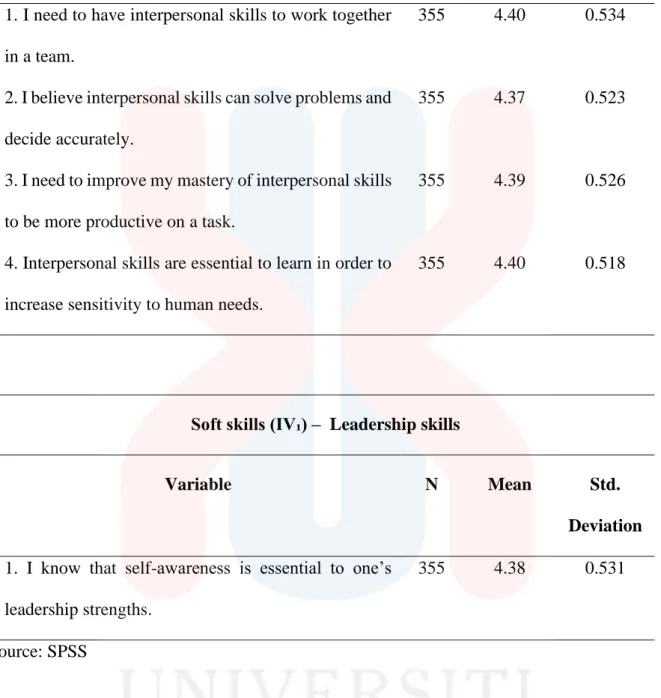
Normality Test
Bryne (2010) mentioned that if the data's skewness value is between -2 to +2 and the kurtosis value is between -7 to +7, the data is considered normally distributed. Based on table 4.12 above, it is shown that the data was normally distributed because the skewness value of each variable is between 0 and 1 and the kurtosis value of each variable is between -2 and 1. Since the data was normally distributed, a Pearson correlation coefficient will be used to examine the hypotheses between soft skills and hard skills with competitive advantage.
Pearson Correlation
According to the Person Correlation Coefficient result, this study accepted H1 because it proved with the result of 0.943 that there was significant relationship between soft skills and competitive advantage. Meanwhile, H0 was rejected because the value is 0.00 where there was no significant relationship between soft skill and competitive advantage. According to the Person Correlation Coefficient result, this study accepted H1 because it proved with the result of 0.785 that there was significant relationship between soft skills and competitive advantage.
Meanwhile, H0 was rejected because the value is 0.00 where there was no significant relationship between hard skill and competitive advantage.
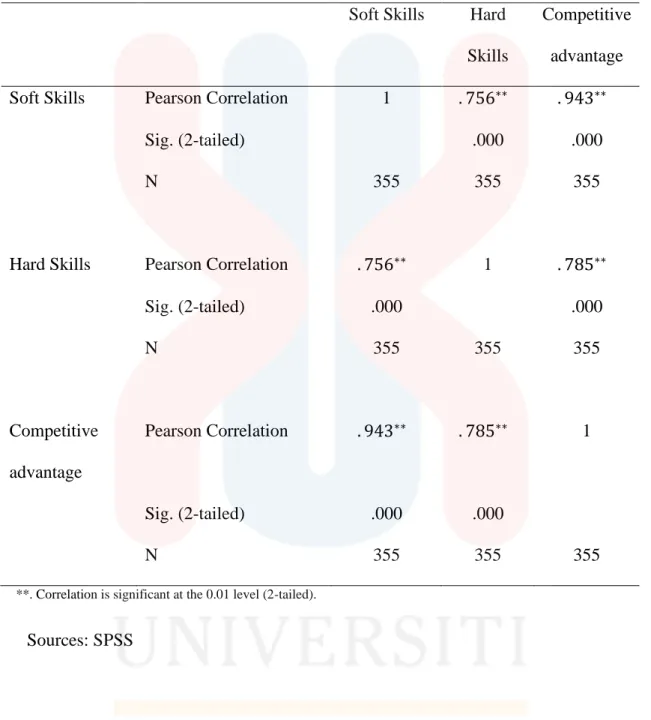
Multiple Linear Regression
So, soft skills and hard skills predict the percentage of competitive advantage among undergraduate students in Universiti Malaysia Kelantan.
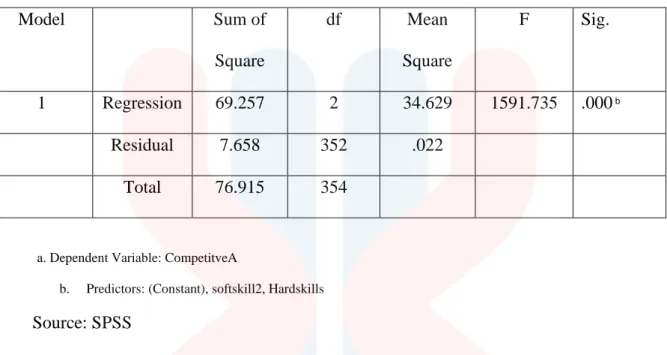
Hypotheses Testing
The correlation coefficient is 0.943, indicating a high positive relationship between soft skills and competitive advantage. Correlation analysis confirms that personal norm is significantly related between soft skills and competitive advantage. The second hypothesis is the relationship between hard skills and competitive advantage among undergraduate students at University of Malaysia Kelantan, Kota Campus.
The correlation coefficient is 0.785, indicating a moderately positive relationship between hard skills and competitive advantage. Correlation analysis confirms that personal norm is significantly related between hard skills and competitive advantage.
Summary
Introduction
Key Findings
What is the factor involved in soft and hard skills among undergraduate students at Universiti Malaysia Kelantan, Campus Kota. What is the ratio of soft skills to hard skills among undergraduate students of Universiti Malaysia Kelantan, Campus Kota. To propose an appropriate framework for soft and hard skills towards competitive advantage among undergraduate students at Universiti Malaysia Kelantan, Campus Kota.
The justification for each of the research questions will be discussed in the sections of the chapter that follow. Furthermore, in order to better understand and support the study's theme, previous research as well as actual data will be taken into account.
Discussion
- The relationship between soft skills and competitive advantage among undergraduates in Universiti Malaysia Kelantan, Campus Kota
- The relationship between hard skills and competitive advantage among undergraduates in Universiti Malaysia Kelantan, Campus Kota
According to the study, undergraduate students of Universiti Malaysia Kelantan City Campus have a competitive advantage that is significantly influenced by soft skills (sig.t = 0.000). Investing in soft skills training can be seen as a productivity issue and a strategy for successfully using these talents in a professional context, as these skills have a significant impact on an individual's career progression (Lok et al., 2021). From this statement, we can conclude that employers give more emphasis to candidates with soft skills.
The study found that among undergraduate students at Universiti Malaysia Kelantan's Campus Kota, hard skills contribute significantly (sig.t = 0.000) to competitive advantage. For undergraduates to progress in pursuit of their ideal careers, hard skills are also crucial.
Implication of the Study
The outcome of this study is expected to help the involved parties such as the Ministry of Higher Education, Higher Education Institutions, Academic Faculties, University Career Development Centers and others to make improvements to produce bachelors who are competent, innovative and meet the needs of the labor market. This is because the development of bachelors is not only seen in excellent academic performance, but requires high-quality soft skills and hard skills that can meet the needs of industry and the labor market. Importantly, the results of this study can also be used as sources of information that can provide important information and valuable exposure to undergraduate students to become more motivated to seize the opportunities and challenges of increasingly challenging jobs.
This study can give awareness to undergraduate students to equip themselves with various skills that can be acquired in higher education institutions through the learning process during lectures, external courses, seminars, and also through the involvement of clubs and associations. Undergraduates these days need to be more proactive in improving their mastery of soft skills because skills can be described as symbiotic to meet the abilities, capabilities and will to face future challenges.
Limitations of the Study
Based on the research done, it can be seen that this study successfully proves that soft and hard skills are related to competitive advantage. The title of this study suggests that the researcher improves on previous studies. Moreover, there are several improvements that can be made for future studies related to this topic.
This study can be done in more depth and detail by presenting accurate theories and references. There is also an in-depth interview that can be used to obtain references to support the study.
Conclusion
Soft_Skills_That_Employers_Want/links/5ae86b62aca2725dabb40a10/Mixed- Signals- Do-College-Graduates-Have-the-Soft-Skills-That-Employers-Want.pdf Tee, S. Analysis of Competitive Advantage through Soft and Hard Skills among Students at Universiti Malaysia Kelantan . Research objective and research methodology in accordance with extensive literature review) Contents of the report are systematic and.
The content of the report is systematically written with a good background of the study, problem statement, research objective,. ANALYSIS OF COMPETITIVE ADVANTAGE THROUGH SOFT SKILLS AND HARD SKILLS IN MALAYSIAN UNIVERSITY KELANTAN GRADUATES.
